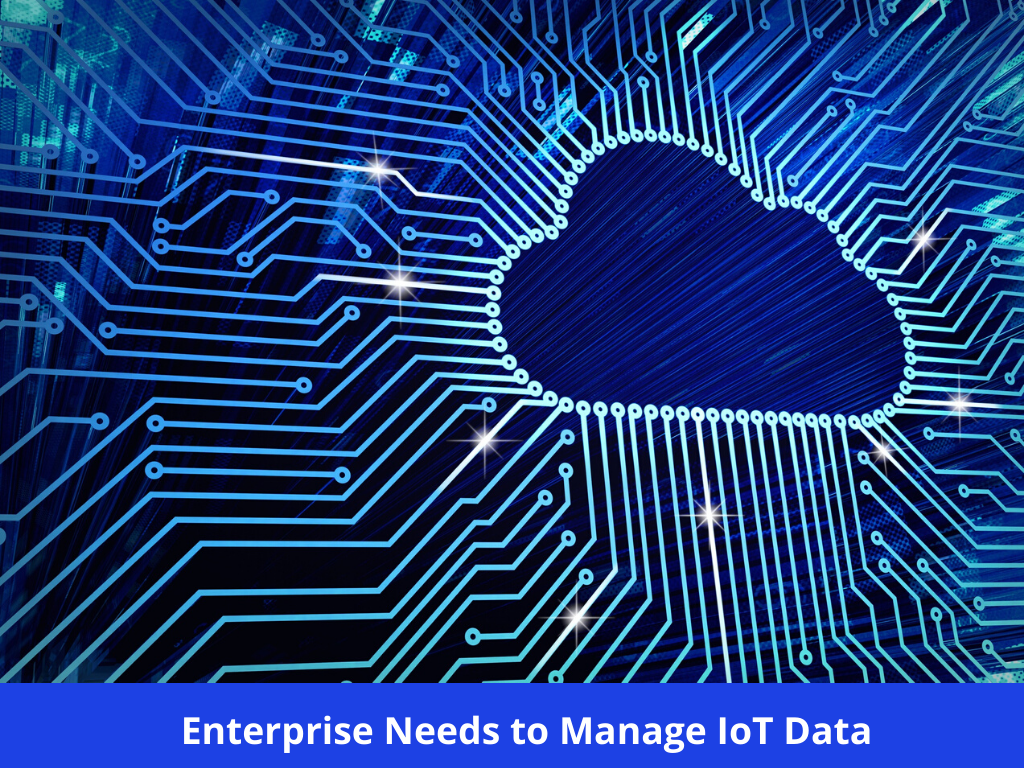Let us first understand what IoT means before digging into the details. IoT is a software that helps to connect the physical world to digital. IoT allows access to different things remotely and it includes gadgets and appliances of all kinds. It includes things like AC unit, TV, Fans, refrigerators, and all other physical objects. It not only helps people do various things but also helps businesses and organizations handle a lot of operations.
Realizing the potential of IoT several businesses and organizations are trying to learn this new technology and implement them in their daily activities. Along with collecting and storing data, businesses should also look forward to manage IoT data efficiently.
According to recent research, it is believed that more than 21 billion things will be connected through the IoT by 2020. It has the power to reincarnate businesses. Therefore, IoT has a lot of benefits and you can look forward to implementing this technology if you haven’t yet and see your business scale.
Essential things to manage IoT data
There are some things necessary to efficiently manage data IoT collects. Without proper management, you cannot use the data collected and it will go to waste. There let us go through some essential requirements to achieve effective business growth.
Edge Computing
It refers to the process of computation and analysis of data on distributed devices and it is generally positioned at the edge of a network rather than placing on a centralized system. This function requires gathering data and then processing it. The advantage of edge computing is that with its help the data can be analyzed close to where it was captured.
Additionally, proprietary and legacy protocols can be easily transformed with the help of edge gateways to IoT protocols. This further helps the existing corporate network or the cloud. Edge computing systems can easily respond within a few milliseconds as compared to the cloud system. Cloud systems are believed to take more than 100 milliseconds.
Data Ingestion
This is referred to as the device telemetry data that is converted and imported into a format that can be easily used by all cloud-based IoT services. With the help of steam processing, the data can be normalized into a common data model. Messages buses and notification services inform users and business applications to such conditions that require action.
Such action includes a food freezer triggering an alarm that cannot maintain the desired temperature range. The research was carried out in which 6 out of 10 IT employees have said that storing, collecting, integrating and analyzing real-time data from various devices is one of the major key barriers for the implementation of IoT services.
Device Management
Hardware, software, and processes are covered under device management in which it is ensured that devices are properly registered, secured, managed and updated. It should also be verified that the staff and systems are notified if the device fails to manage things. To carry out the required functions, device configuration should be ensured.
Some other activities should also be taken care of that includes remote monitoring, operational control, command dispatching, troubleshooting, etc. With the help of comprehensive device management, it becomes easy to securely communicate with the connected devices. It can help an enterprise to easily scale to several connected devices and receive trillions of messages.
Cold Path Processing
Cold Path Processing allows analyzing a large amount of data with the help of advanced algorithms after the data is collected and stored on the cloud platform. Trends and other corrective actions are easily uncovered with the help of analysis. Just as streaming very simple rules are applied to the data collected that require real-time and short-time actions.
Enterprise Integration
It refers to the integration with business applications and enterprise systems that enables the sharing of raw and processed data. It also helps to collect an overview of the analysis-driven insights. With the deep integration of enterprises, IoT architecture is capable of delivering benefits that include improved efficiency, increased sales, reduced costs, a great level of customer satisfaction and the capability of creating new markets.
IoT needs implementing some necessary things in an enterprise that helps the organizations to provide metadata management solutions. With a large volume of data comes the responsibility of managing it so that it can effectively be used to observe necessary details.
Final Thoughts
Every enterprise should conduct an assessment to observe the rigorous needs and then plan accordingly the roadmap so that it can effectively deliver flexible, scalable and secure IoT solutions. The implementation procedure may need some guidance and organizations should consider using solutions that are pre-built. Companies are beginning their journey to implement IoT solutions and achieve great heights. The world of technology is evolving and businesses need to embrace the changes to soar high.

